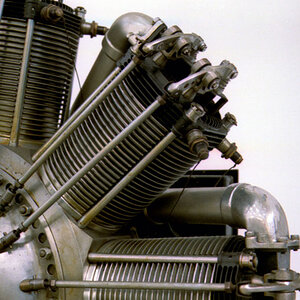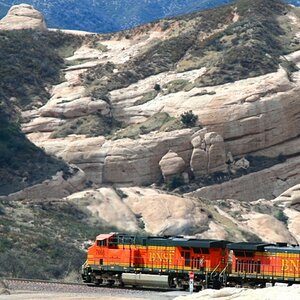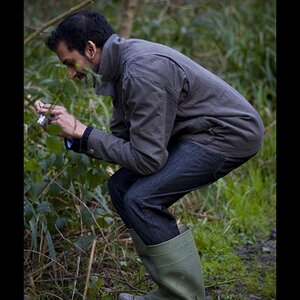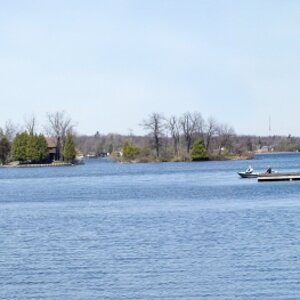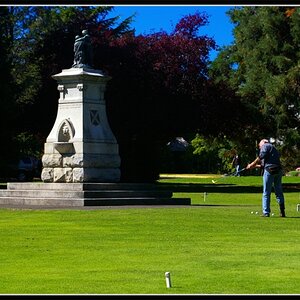HenryHunt
TPF Noob!
- Joined
- Mar 12, 2017
- Messages
- 5
- Reaction score
- 0
- Can others edit my Photos
- Photos OK to edit
Hi!
I'm going to Yosemite in the summer and would like to do some astrophotography there, but am finding it difficult to choose a lens. I have a Canon EOS 60D and 700D and have am currently thinking the Samyang 16mm f2 because of its wide angle and wide aperture. I initially decided on the Samyang 14mm f2.8 but changed to the 16mm because it was specifically designed for APS-C sensors and the 14mm is not and would give a smaller field of view.
However, the product page on the Samyang website says that it has an equivalent focal length of 24mm on APS-C sensors. How can it not be 16mm on APS-C if it's a 16mm lens designed for APS-C sensors? Will it actually be 16mm when used on my two APS-C cameras or will it be 24mm? If it is 24mm then which lens would you suggest, the 14mm or 16mm?
Additionally, if you would recommend a better (< £300) lens for astrophotography for APS-C cameras then please say.
Thanks
I'm going to Yosemite in the summer and would like to do some astrophotography there, but am finding it difficult to choose a lens. I have a Canon EOS 60D and 700D and have am currently thinking the Samyang 16mm f2 because of its wide angle and wide aperture. I initially decided on the Samyang 14mm f2.8 but changed to the 16mm because it was specifically designed for APS-C sensors and the 14mm is not and would give a smaller field of view.
However, the product page on the Samyang website says that it has an equivalent focal length of 24mm on APS-C sensors. How can it not be 16mm on APS-C if it's a 16mm lens designed for APS-C sensors? Will it actually be 16mm when used on my two APS-C cameras or will it be 24mm? If it is 24mm then which lens would you suggest, the 14mm or 16mm?
Additionally, if you would recommend a better (< £300) lens for astrophotography for APS-C cameras then please say.
Thanks


![[No title]](/data/xfmg/thumbnail/42/42278-22ed940cbdc5888a28d9be36006594dc.jpg?1619740086)
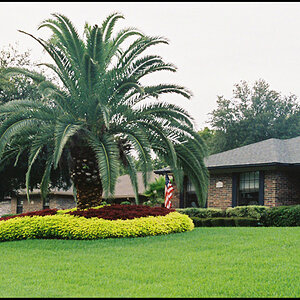
![[No title]](/data/xfmg/thumbnail/42/42274-5bec1b32caba5fed4a680bc5be4d0202.jpg?1619740083)
![[No title]](/data/xfmg/thumbnail/37/37622-530e264cdd98e6648079b89d7d3cd356.jpg?1619738153)
![[No title]](/data/xfmg/thumbnail/35/35872-12704b8c65e1c009d7089ccba367abb6.jpg?1619737198)
